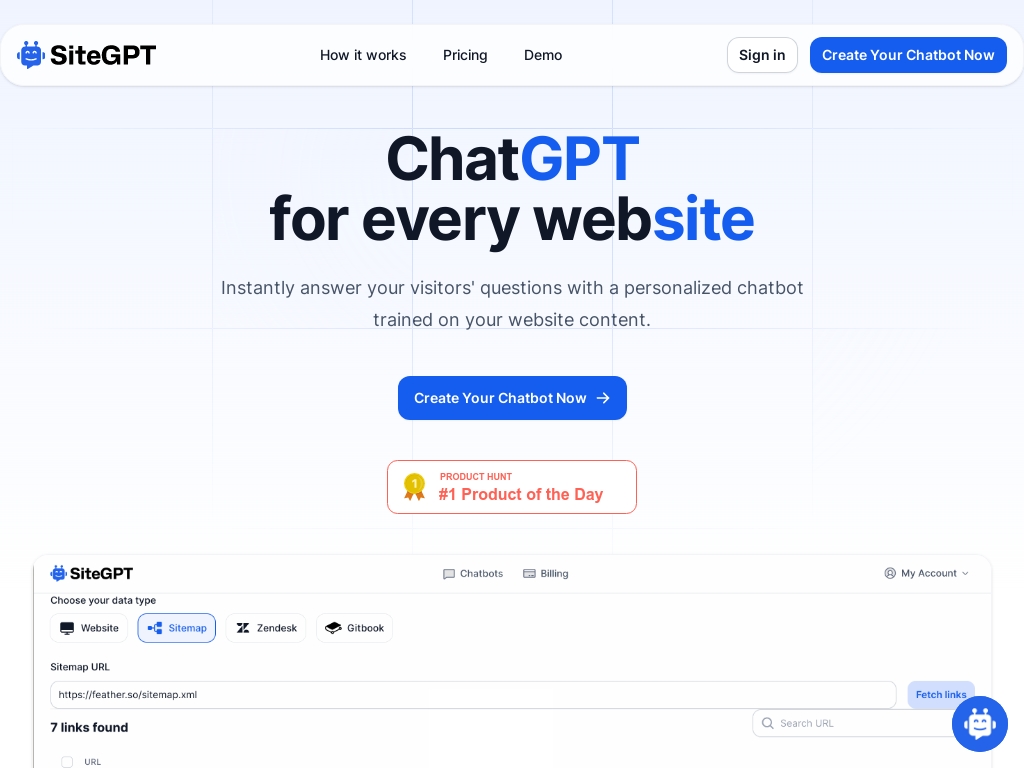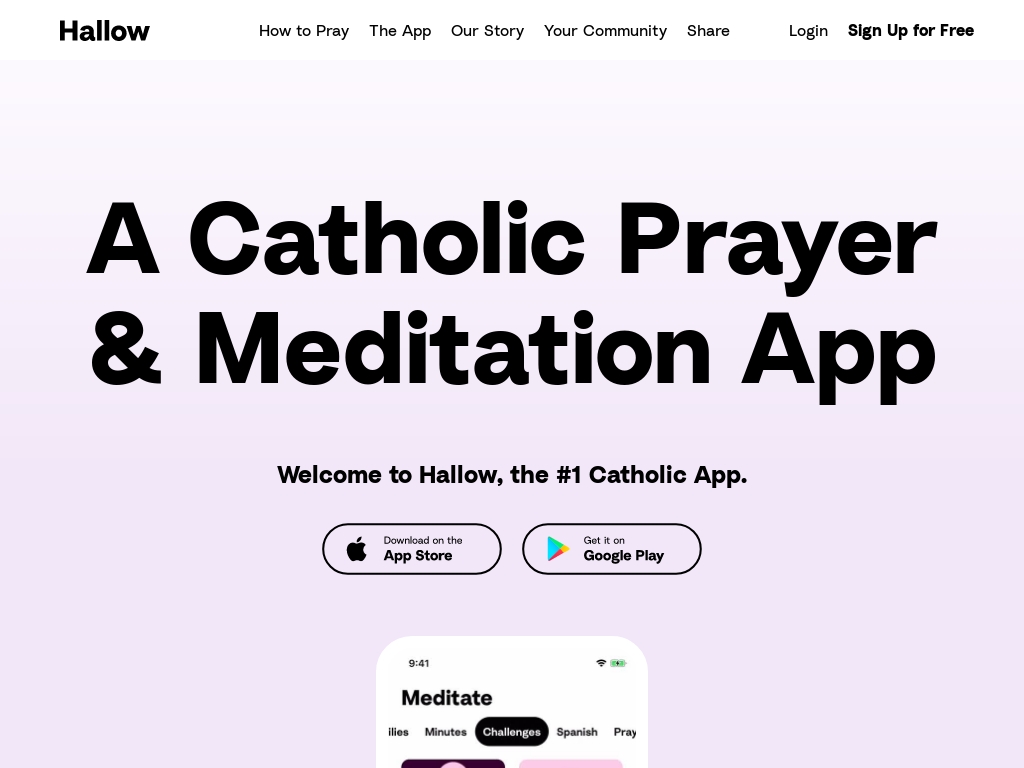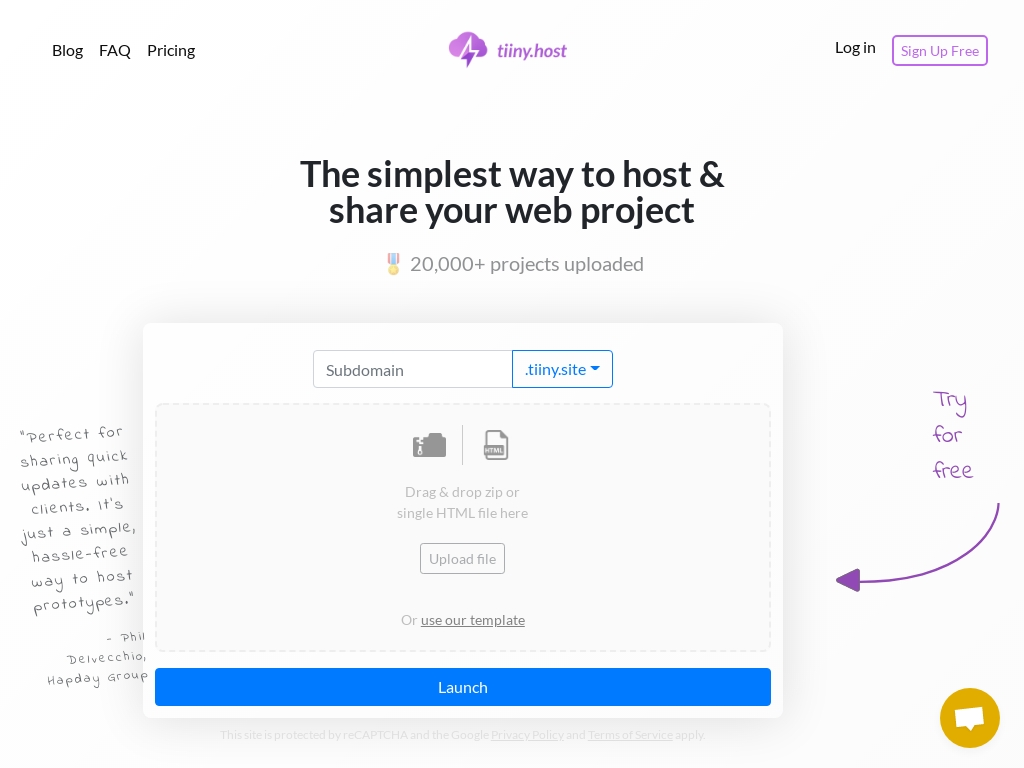
How Dominik Sumer Grew Snappify to 100 Paying Customers in Weeks
Who is Dominik Sumer?
Dominik Sumer is the founder of Snappify, originally from a freelance tech background, who started building Snappify in early 2021 while being actively involved in the Twitter Tech community.
What problem does Snappify solve?
Snappify makes sharing and explaining code snippets visually appealing and easy, solving the frustration of unclear or messy code presentations for developers.
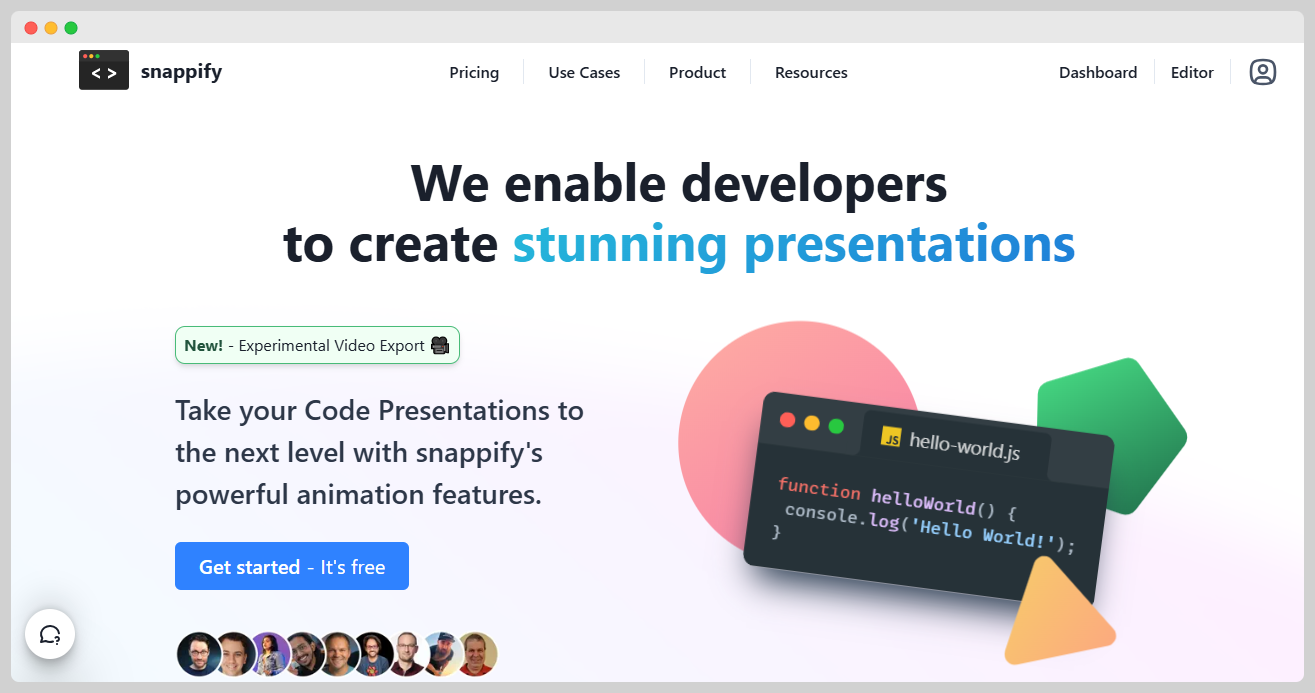
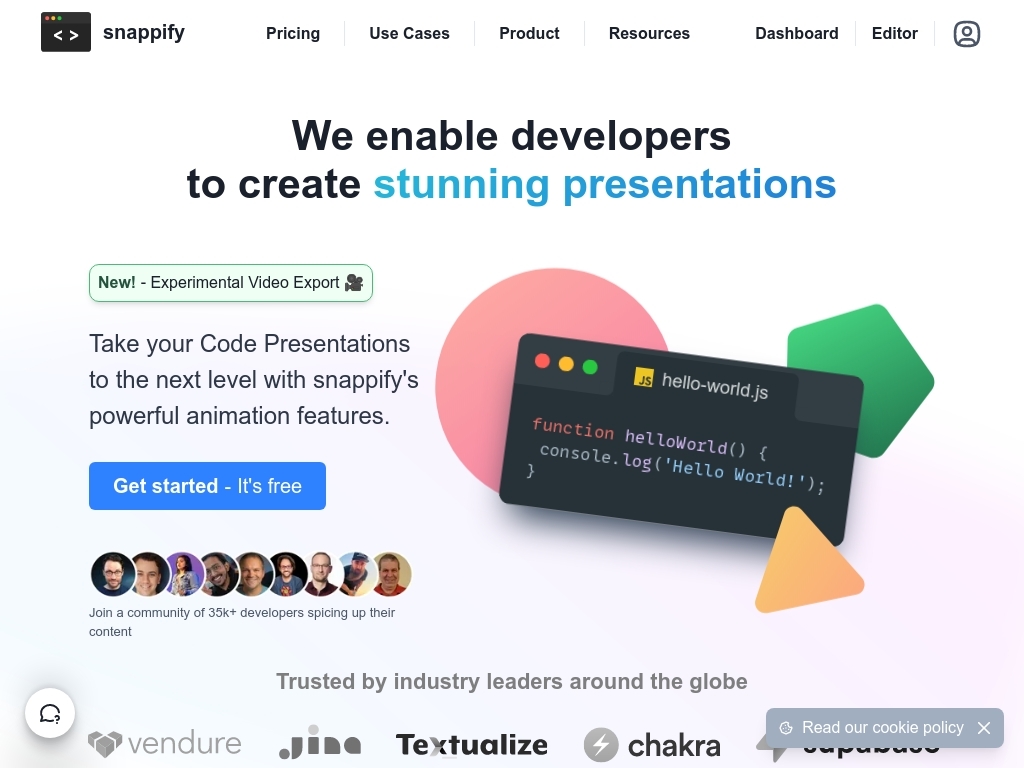
Founder-Market Fit
Skills
What skills did Dominik Sumer have that led to their success?
How did Dominik come up with the idea for Snappify?
Dominik Sumer, the founder of Snappify, noticed a growing trend in the Twitter Tech community where people were sharing their code snippets more frequently. However, he saw that the presentation of these snippets often seemed lacking and visually unappealing. This realization sparked the idea to create a simple tool that could help users enhance and manage the visual aspect of their code snippets with ease.
In early 2021, Dominik began exploring the potential for this idea to solve a common problem in the developer community. He started by creating a minimum viable product (MVP) to test if others shared his frustration and whether they would find value in a tool aimed at beautifying code snippets. Feedback from the community played a critical role, as it validated the demand for such a tool and helped him refine the features and functionalities of Snappify.
Throughout the ideation phase, Dominik faced the challenge of balancing simplicity with functionality. By keeping the MVP straightforward and focusing on user-centered design, he overcame these challenges and efficiently navigated the initial validation process. Key lessons he learned included the importance of community engagement and listening to user feedback to ensure the tool evolved to meet their needs.
How did Dominik Sumer build the initial version of Snappify?
Dominik Sumer and the team built Snappify by leveraging a lightweight, frontend-centric tech stack to quickly iterate on their product. They started the development process in February 2021 and launched the first MVP by late March 2021, using Next.js for the application, which was deployed on Vercel. Initially, 99% of the logic was handled on the frontend, with snaps stored in local storage. As more features were added, they adopted Supabase for backend solutions to manage data storage, authentication, and media uploads, allowing for more robust functionality without the need for extensive backend development. This streamlined approach enabled rapid feature deployment but also highlighted the challenge of handling more complex features as the project grew.
What were the initial startup costs for Snappify?
- Domain Purchase: Snappify spent $4,000 on acquiring the snappify.com domain, plus $350 in escrow fees.
How did Dominik launch Snappify and get initial traction?
Twitter Community Engagement
Dominik Sumer and the team at Snappify began engaging with the Twitter Tech community early on. By sharing their thoughts on code snippets and interacting with developers, they managed to build a presence and generate interest in their product.
Why it worked: Twitter is a vibrant platform for tech enthusiasts and developers, allowing Snappify to reach their target audience directly and organically. Word-of-mouth from active community members helped spread awareness.
Product Hunt Launch
Snappify had a major visibility boost when they launched on Product Hunt in April 2022. The exposure from the platform played a crucial role in helping them reach their first 50 customers.
Why it worked: Product Hunt is known for being a discovery platform where tech enthusiasts and early adopters explore new innovations. Its community is highly engaged, which provided Snappify with initial feedback and customer base validation.
Stickers as a Marketing Tool
In a creative approach, Snappify created branded stickers and distributed them at conferences, co-working spaces, and via requests over social media.
Why it worked: This method of guerrilla marketing generated excitement and engagement. When recipients posted about the stickers on social media, it further promoted Snappify, providing a cost-effective way to increase visibility and create community buzz.
Metrics:
- By the end of 2021, they had 100 paying customers, with $500 in monthly recurring revenue (MRR).
In-Person Networking and Word-of-Mouth
Apart from online strategies, Snappify also relied on real-world interactions by participating in tech meetups and developer conferences. They focused on building genuine relationships and encouraging users to share their experiences.
Why it worked: In-person networking allowed for stronger personal connections and trust-building, leading to organic growth through word-of-mouth, particularly effective in niche communities like developers who value authenticity and practical solutions.
What was the growth strategy for Snappify and how did they scale?
Twitter and LinkedIn Community Engagement
Snappify leveraged the power of community engagement on Twitter and LinkedIn, particularly within the tech community. By actively participating and sharing updates on these platforms, they were able to generate interest and usability among tech enthusiasts. This approach created a buzz around their product, leading individuals to recommend it to others organically.
Why it worked: Engaging with tech communities on Twitter and LinkedIn helped Snappify tap into a ready audience of potential users who were already interested in code sharing. The viral nature of social media allowed for rapid dissemination of their platform, leading to increased adoption and word-of-mouth recommendations.
Product Hunt Launch
Launching on Product Hunt played a crucial role in Snappify’s visibility and initial customer acquisition. This platform is known for featuring new and innovative products, attracting early adopters and tech enthusiasts.
Why it worked: Product Hunt’s reputation for showcasing cutting-edge products attracted a tech-savvy audience who showed interest in trying Snappify. The launch not only increased visibility but also provided credibility, contributing to their early user base growth.
Stickers as Marketing
Snappify created and distributed branded stickers to individuals and at events like conferences and co-working spaces. This creative approach allowed them to reach audiences across the globe.
Why it worked: The stickers served as a physical reminder of the brand and encouraged users to share their enthusiasm on social media, essentially acting as a moving advertisement that contributed to brand visibility and community engagement. The personal touch of sending them to individuals created goodwill and organic promotion through social media shoutouts, increasing brand awareness.
What's the pricing strategy for Snappify?
Snappify offers a free basic version and a paid Pro plan at $5 per month, focusing on tiered access to advanced code-sharing features.

What were the biggest lessons learned from building Snappify?
- Embrace the Long Game: Building snappify taught that creating a sustainable SaaS is a marathon, not a sprint. Patience and perseverance are key to handling the ups and downs of the journey.
- Balance Work and Rest: It's crucial to recharge and take breaks. The founders learned that it's okay to step away and come back revitalized, which is vital for maintaining long-term productivity.
- Leverage Community: Engaging with tech communities on platforms like Twitter and LinkedIn helped spread snappify through word of mouth, emphasizing the importance of building an audience around your product.
- Stay Flexible with Tech: Using a flexible tech stack allowed the team to quickly adapt and ship features. Implementing tools like supabase minimized backend complexity, enabling faster development.
- Iterate Based on Feedback: Early and public feedback helped shape snappify. Involving users from the start ensured that the product met actual needs and maintained user engagement.
Discover Similar Business Ideas Like Snappify
|
|
Idea
|
Revenue
|
|---|---|---|
|
PDFShift
|
HTML-to-PDF conversion API service.
|
$8.5K
monthly
|
|
SiteGPT
|
AI chatbot trained on your website content.
|
$15K
monthly
|
|
Hallow
|
"Catholic prayer and meditation app fostering faith growth."
|
$278K
monthly
|
|
tiiny.host
|
Static website hosting made simple for everyone.
|
$15K
monthly
|
|
Studio Wombat
|
WooCommerce plugin developer for enhanced e-commerce features.
|
$15K
monthly
|
|
Treendly
|
Trend-spotting platform for untapped market insights.
|
$1K
monthly
|
|
ScreenshotOne
|
API for capturing website screenshots easily.
|
$2.2K
monthly
|
More about Snappify:
Who is the owner of Snappify?
Dominik Sumer is the founder of Snappify.
When did Dominik Sumer start Snappify?
2021
What is Dominik Sumer's net worth?
Dominik Sumer's business makes an average of $500/month.
How much money has Dominik Sumer made from Snappify?
Dominik Sumer started the business in 2021, and currently makes an average of $6K/year.

Download the report and join our email newsletter packed with business ideas and money-making opportunities, backed by real-life case studies.

Download the report and join our email newsletter packed with business ideas and money-making opportunities, backed by real-life case studies.

Download the report and join our email newsletter packed with business ideas and money-making opportunities, backed by real-life case studies.

Download the report and join our email newsletter packed with business ideas and money-making opportunities, backed by real-life case studies.

Download the report and join our email newsletter packed with business ideas and money-making opportunities, backed by real-life case studies.

Download the report and join our email newsletter packed with business ideas and money-making opportunities, backed by real-life case studies.

Download the report and join our email newsletter packed with business ideas and money-making opportunities, backed by real-life case studies.

Download the report and join our email newsletter packed with business ideas and money-making opportunities, backed by real-life case studies.

